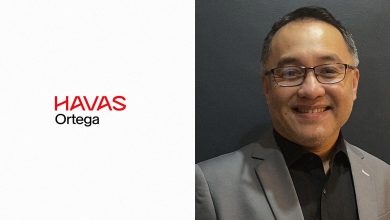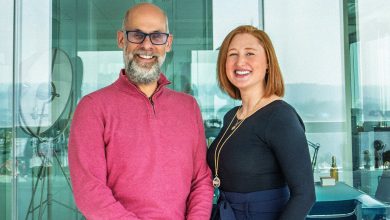PATTAYA, THAILAND – From March 20-22, the Pattaya Exhibition and Conference Hall (PEACH) at the Royal Cliff Group Hotels became the center of creativity, drawing top advertising minds from across Asia Pacific. ADFEST, the region’s premier creative festival, was alive with groundbreaking discussions and a fierce competition for the 2025 Lotus Awards, judged by the industry’s best creative minds.
Yet, the most anticipated moment came just before the final awards presentation on day three — a talk by ADFEST 2025’s Grand Jury President, Susan Credle. Aligning perfectly with this year’s theme, “Collide,” Susan’s talk explored a powerful intersection: the collision of creativity and leadership. This covers the much-discussed area of copywriters and art directors moving into management positions because of their creative abilities. Sometimes it works just fine. But often there’s a long and difficult period of adjustment.
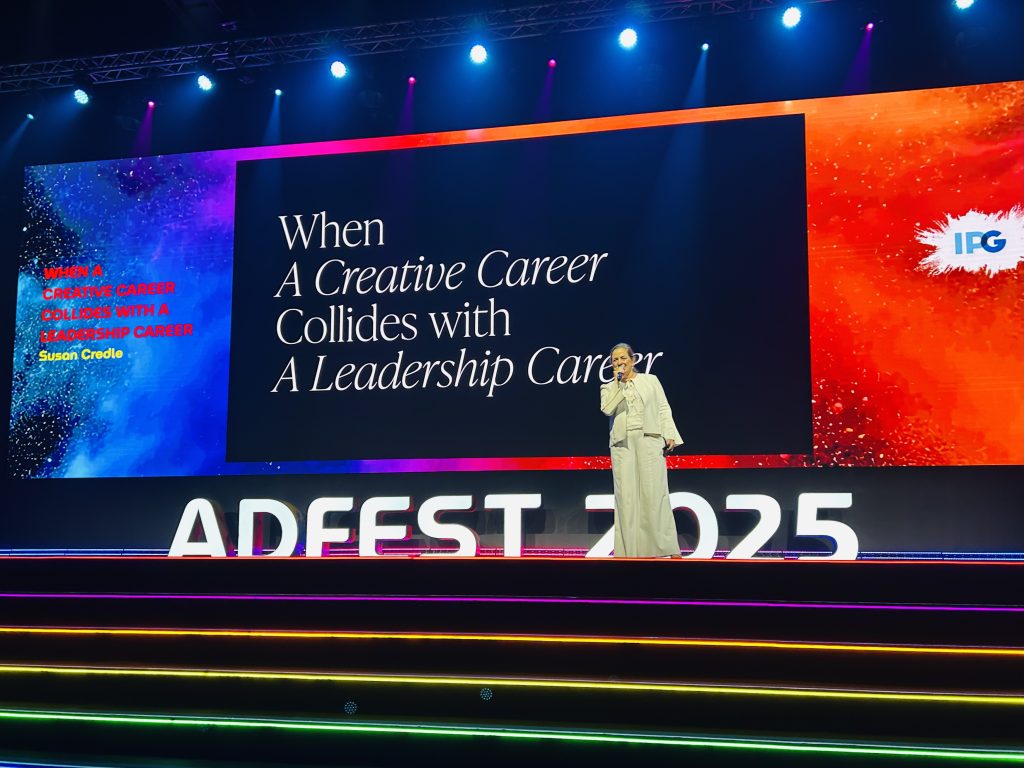
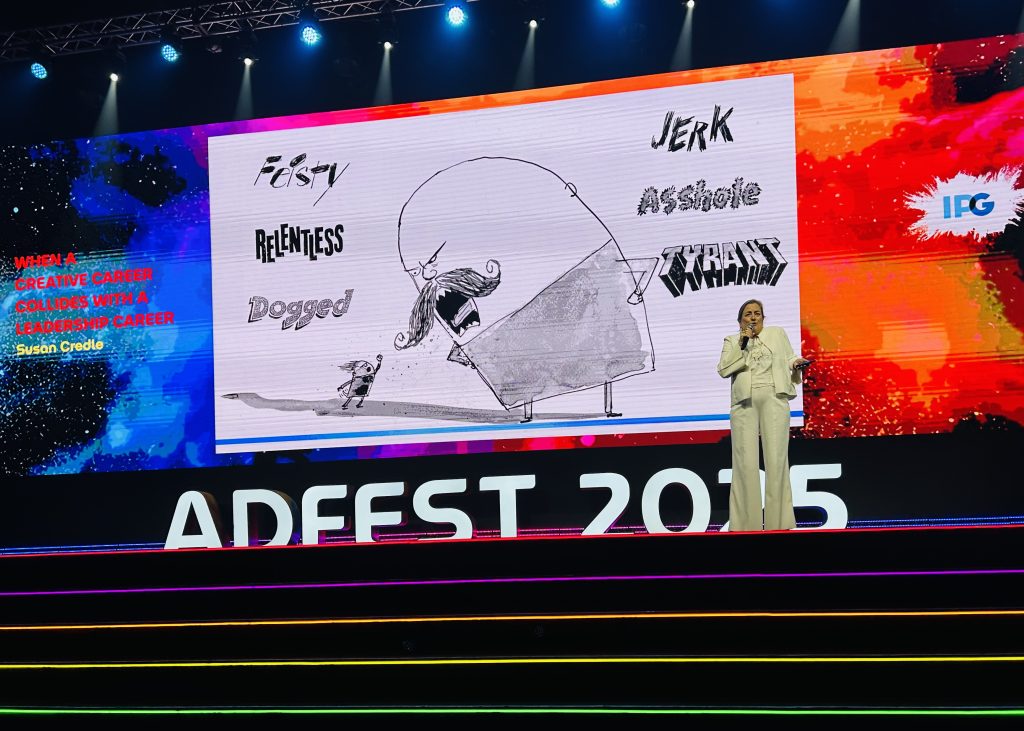
But first, who is Susan? What has she done? And who has she worked with? Firstly, at this point in her stellar career, she is the Global Creative Advisor to the Interpublic Group – the holding company that includes FCB (where she was previously Global Chief Creative Officer and Global Chair), Lowe, and McCann. FCB New York, not incidentally, has been named the world’s most awarded agency by The Drum in 2025 on the back of Michelob’s Dreamcaster, Spotify’s Spreadbeats and other great work.
Before that Susan was CCO of Leo Burnett Chicago. But I first met her during her almost quarter-century at BBDO New York (24 years and 4 months to be precise) where as she writes on LinkedIn she “learned from the best (including this year’s Lion of St. Mark winner David Lubars and BBDO Worldwide chairman Andrew Robertson)… and remained a student until the day I left.” So I was lucky enough find myself in the front row of her talk – and spend time with her later at a dinner hosted by the London International Awards (LIA).
The story she tells at the start of her talk is of a question she posed to a newly-appointed CCO somewhere in the global network she was overseeing: “What do you think your job is?” The CCO mumbled something about “Doing great work.” But she shook her head. The new CCO, increasingly terrified that Susan wasn’t impressed with that answer asked her what it should be: she said: “you’ve got ECD’s and CDs to do the work, so if they are doing that, what are you doing?” The CCO, (I imagine) gulped. She went on: “The job of a CCO is not making great work – it’s making great people.”
The question then becomes: how do you “make great people”? Or, putting it another way, how do you create an environment where people can fulfill their creative ambitions – and feel supported to do their best work? It all, she points out, comes down to leadership. A subject she goes into in the main section of her talk.
She describes her own journey as one that transitioned from a culture of scarcity — where as one of her cartoon figures shows — she held on jealously to every brief, holding onto and hiding her work to protect it from others. To a perception of abundance, where she came to realize that creativity thrives where we encourage the belief that sharing opportunity makes the work better. There is always another idea and opportunity out there. And guess what? It might be a better one.
As she sees it there are six styles of leadership:
- Dreamer-leader. Love ideas but don’t see change coming.
- Sovereign-leader. Loves to impart knowledge, but could be a narcissist.
- Strategist-leader. Strong on vision – but lacks nuance.
- Warrior-leader. Tough and strong, will fight for the team – but could be a bully.
- Change-agent leader. Knowing when it’s important to change – but needing to know when to stop.
- Nurturer-leader. Cares for the team – but could also smother them.
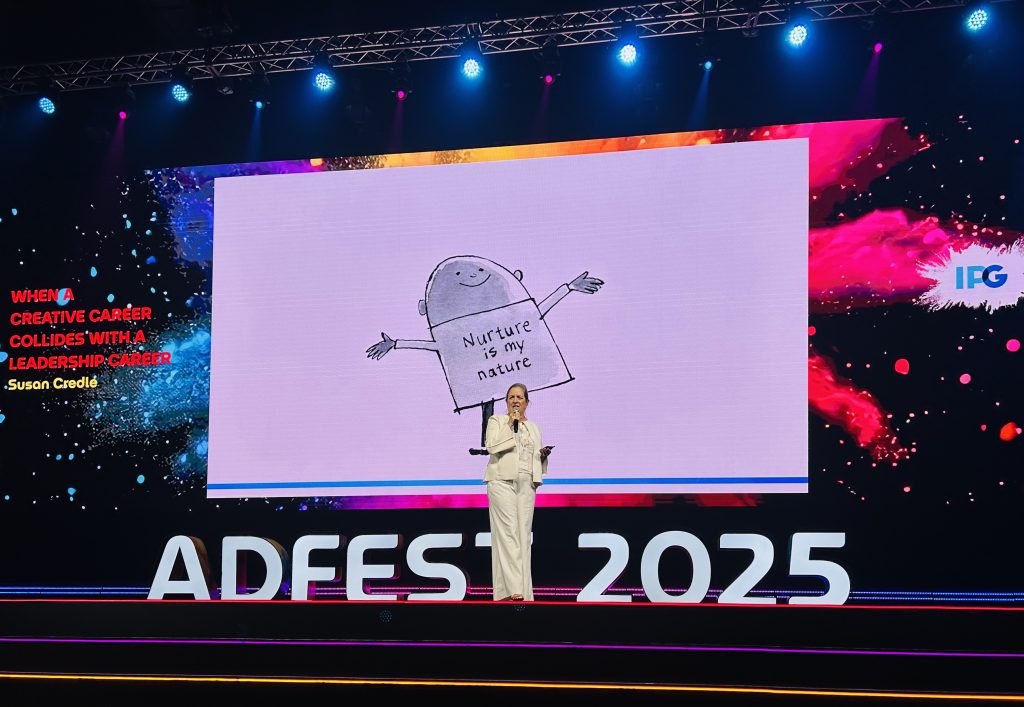
The bottom line is not that one leadership style is better than another. (Although some certainly would be more effective in a given situation) but that we need to be aware of what our tendencies are — and to know that we need to be aware of and compensate for our own limitations. There are times for example where vision is needed, or where change is imperative — but you need to be sure that people know what they are supposed to be doing. There are also times when nurturing the team and fighting battles for them is needed too, but you need to be careful not to smother them to the point they don’t have a chance to grow. The fact is that we need to understand what we are good at, what we could be better at – and perhaps work out who can complement what we do.
When creativity collides with leadership — great things can happen. But they may not happen right away. And failure, she points out, is a better teacher than success. The point is to learn the lessons from it and apply them. Susan is a strong advocate for creativity at the highest levels. But, as she told one of her CCO’s: creatives promoted to the highest leadership positions need to shift their focus from just looking at the work — and to start thinking about the people behind it.





